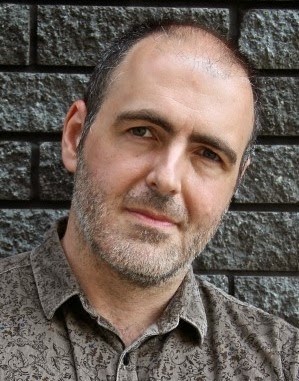 |
| Paul Royster |
Paul Royster is proud of
what he has achieved with his institutional repository. Currently, it contains 73,000 full-text items, of which more than 60,000
are freely accessible to the world. This, says Royster, makes it the second
largest institutional repository in the US, and it receives around 500,000
downloads per month, with around 30% of those going to international users.
Unsurprisingly, Royster always
assumed that he was in the vanguard of the OA movement, and that fellow OA
advocates attached considerable value to the work he was doing.
All this changed in 2012, when he attended an open access meeting organised by SPARC (The Scholarly Publishing
and Academic Resources Coalition) in Kansas City. At that meeting, he says, he
was startled to hear SPARC announce to delegates that henceforth the sine qua non
of open access is that a work has to be made available with a CC BY licence or
equivalent attached.
After the meeting Royster sought to clarify the
situation with SPARC, explaining the problems that its insistence on CC BY
presented for repository managers like him, since it is generally not possible to make self-archived works
available on a CC BY basis (not least because the copyright will invariably
have been assigned to a publisher). Unfortunately,
he says, his concerns fell on deaf ears.
The only conclusion Royster could reach is that the OA
movement no longer views what he is doing as open access. As he puts it, “[O]ur
work in promulgating Green OA (which normally does not convey re-use rights)
and our free-access publishing under non-exclusive permission-to-publish (i.e.,
non-CC) agreements was henceforth disqualified.”
If correct, what
is striking here is the implication that institutional repositories can no longer claim to
be providing open access.
In fact, if one
refers to the most frequently cited definitions of open access one discovers
that what SPARC told Royster would seem to be in order. Although it was written
before the Creative Commons licences were released, for instance, the definition of open access authored by those who launched the Budapest Open Access
Initiative (BOAI)
in 2001 clearly seems to describe the same terms as those expressed in the CC BY licence.
What this
means, of course, is that green OA does not meet the requirements of the BOAI —
even though BOAI cited green OA as one of its “complementary strategies” for
achieving open access.
Since most of the OA movement’s claimed successes are green successes this is particularly ironic. But given this, is it not pure pedantry to worry about
what appears to be a logical inconsistency at the heart of the OA movement? No, not in light of the growing insistence that
only CC BY will do. If nothing else, it is alienating some of the movement’s
best allies — people like Paul Royster for instance.
“I no longer call or think of myself as an advocate for ‘open access,’
since the specific definition of that term excludes most of what we do in our
repository,” says Royster. “I used to think the term meant ‘free to access,
download, and store without charge, registration, log-in, etc.,’ but I have
been disabused of that notion.”
For that reason, he says, “My
current attitude regarding OA is to step away and leave it alone; it does some
good, despite what I see as its feet of clay. I am not ‘against’ it, but I
don't feel inspired to promote a cause that makes the repositories second-class
members.”
How could
this strange state of affairs have arisen? And why has it only really become an issue now, over a decade after the BOAI definition was penned? To answer these questions one needs to re-examine the history of the OA movement.
That is what I try to
do in the first part of the attached PDF file, where I also attempt to explain why CC
BY has become what Royster calls “the shibboleth for the OA in-group”. The second
part of the PDF consists of a Q&A with Royster in which he explains in
greater detail why he no longer describes himself as an advocate for open
access.
The PDF file can be downloaded here.


.jpg)



